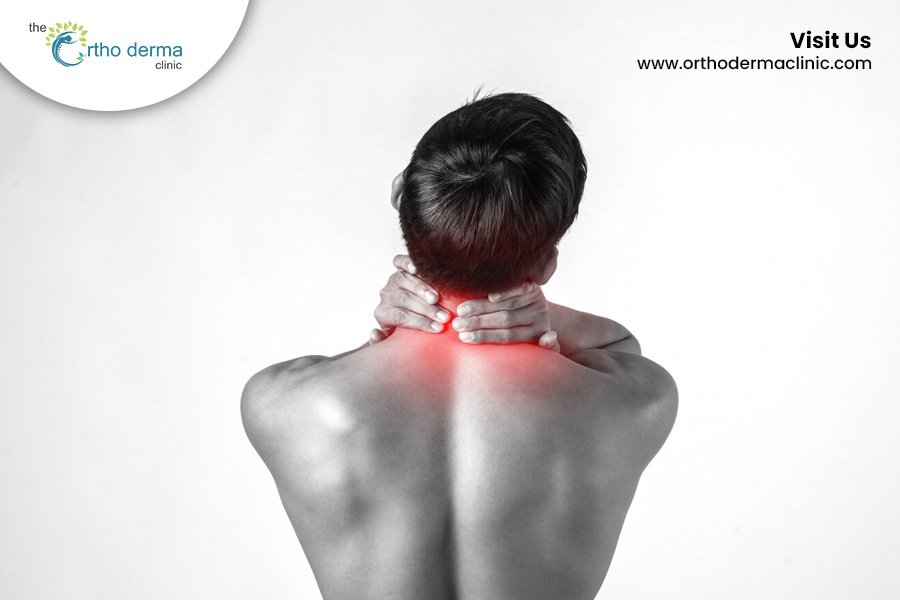What is Cervical and Lumbar Stenosis?
Cervical stenosis is a condition that occurs when the spinal canal in the neck becomes narrow, putting pressure on the spinal cord and nerves. Lumbar stenosis is similar, but it appears in the lower back.
Both conditions can cause pain, numbness, and weakness in the affected area, which can potentially lead to grave complications if left untreated. If you experience consistent spinal pain, it is better to consult the best spine surgery specialist in Ludhiana.
Causes of Cervical and Lumbar Stenosis
There are several causes of cervical and lumbar stenosis. Some people are born with a naturally narrow spinal canal, while others may develop stenosis with age or medical conditions.
Bone spurs or herniated discs exert pressure on the spinal cord and nerves, leading to critical spinal injuries.
Herniated Discs
A herniated disc occurs when the soft, gel-like material inside a spinal disc bulges out through a tear or crack in the outer layer of the disc. It exerts pressure on the spinal cord and nerves, leading to stenosis.
If left untreated, the pain can spread to other body parts and cause difficulty in doing daily chores. A spine surgery specialist will analyse the situation and take action accordingly.
Spondylolisthesis
This condition occurs when one vertebra slips forward over another, narrowing the spinal canal and causing stenosis.
Spinal Tumours
Tumours that develop in the spine can cause stenosis by putting pressure on the spinal cord and nerves. Dr. Shekhar Singal, the best surgeon in Ludhiana, has years of experience in spine tumour treatments.
Infections
Infections in the spine, such as abscesses or osteomyelitis, can cause swelling and inflammation that can lead to stenosis.
Paget’s Disease
Abnormal bone growth, either by birth or with age, affects the spine shape and strength and leads to stenosis.
Cervical and Lumbar Stenosis Treatments
Treatment for cervical and lumbar stenosis often begins with conservative measures such as physical therapy, pain medication, and rest. In some cases, these treatments may be sufficient to manage the early signs of stenosis.
However, if these measures are not effective, more invasive treatments may be necessary.
Surgery
One well-known treatment for cervical and lumbar stenosis is surgery. Different surgical procedures have been successful in treating stenosis, depending on the severity of the condition. It further depends on the location of the narrow spinal canal.
Some of the most common surgical treatments for stenosis include laminectomy, laminotomy, and foraminotomy.
- Laminectomy is a surgical treatment for cervical and lumbar stenosis that involves removing part of the lamina (a bony arch at the back of the vertebrae). It creates more space in the spinal canal.
- Laminotomy is similar to a laminectomy, but the former involves removing only a section of the lamina.
- Foraminotomy is a surgical treatment for stenosis that involves widening the foramen (a small opening in the vertebrae through which nerve roots exit the spinal cord).
Medications
In addition to surgery, other treatments for cervical and lumbar stenosis include injections of corticosteroids or other medications to reduce inflammation and pain.
Spinal Cord Stimulation
Some people may also benefit from spinal cord stimulation, a treatment using electrical impulses to block pain signals from reaching the brain.
Concluding Thoughts
It is paramount to consult a spine surgery specialist to determine the best treatment for cervical or lumbar stenosis. With the right treatment plan, it is often possible to manage the early symptoms of stenosis and improve quality of life.
